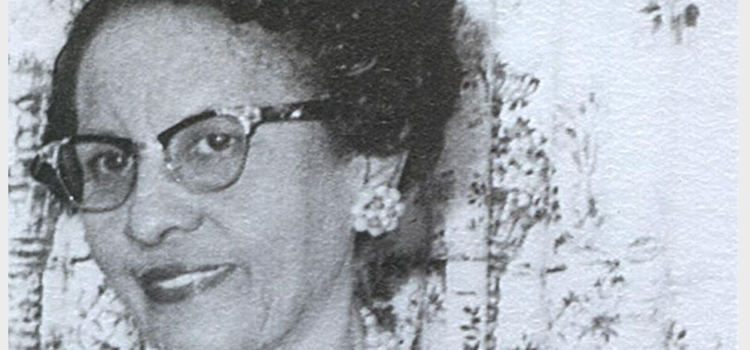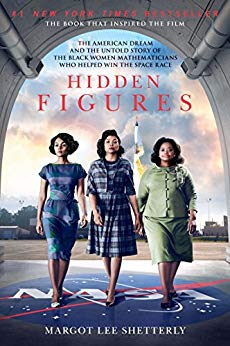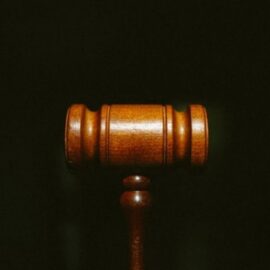

This article is an excerpt from the Shortform summary of "Hidden Figures" by Margot Lee Shetterly. Shortform has the world's best summaries of books you should be reading.
Like this article? Sign up for a free trial here .
Who was Miriam Mann, and what did she do? How did Miriam Mann help dismantle segregation at NASA?
Miriam Mann was a mathematician and a member of West Computing Group. Miriam Mann played an important part in helping achieve equality amongst the computers, and was known for her ongoing protest: removing the offensive “colored computers” sign in her workplace.
Segregation in the Computing Groups
When Dorothy Vaughan arrived at Langley, the bus dropped her off at the West Area of the campus, the space that had been reserved for the new black, female computers (the East Area was set aside for their white counterparts). She found that her new colleagues shared her background in the world of black colleges, alumni associations, and churches. Despite the prejudices and limited opportunities that existed at the time even for white women, these black women had all landed jobs at the world’s premier aeronautical research institution.
White women (former East Area Computers) oversaw the West Computers, parceling out tasks to the various section heads, who in turn subdivided the work among the women in their section of the computing pool. What the women of West Computing were usually working on was a portion of a larger task, some quick piece of calculation that an engineer required for a bigger project.
Langley was a place where colleagues worked closely with one another (often literally close, thanks to the wartime hiring spree) and clerks and computers might rub shoulders with top aeronautics researchers. Yet, because of the color of their skin, the West Area Computers were largely excluded from this collegial atmosphere. Computers like Miriam Mann felt that they should be treated equally for doing work that was equal to that of their fellow white computers. Although Executive Order 8802 had mandated fair employment in the defense industry, Langley’s location in the Commonwealth of Virginia forced it to comply with that state’s segregation statutes.
This was symbolized most hurtfully by the sign on the table where they sat at the back of the cafeteria that read, “COLORED COMPUTERS.” Although they were ostensibly professionals on par with their colleagues at Langley, they were still treated as something less than equal.
Miriam Mann’s Protest
Seeing this sign every day was deeply insulting and offensive for the West Computers. One day, a West Computer named Miriam Mann could take it no more. She walked over to the sign, removed it, and stuffed it into her purse.
This prompted a mini struggle for equal treatment within Langley. The sign was back up a few days later, prompting Miriam Mann to take it down once again. This back-and-forth played out over the course of weeks, but Miriam and her fellow computers were determined to take a stand against this small, but potent symbol of oppression. Her husband warned her that she might lose her job over this act of defiance, but Miriam knew that this was a battle that needed to be fought.
Eventually, she won. One day, the sign went into Miriam Mann’s purse and no one ever bothered to replace it. This was a powerful victory, one that helped to convince her fellow women of West Computing that the laboratory was theirs as well. Dorothy, Miriam, and the other black computers had become more than colleagues—they had become a tight-knit band, an army in its own right that was prepared to fight and win the war for equality at home.
Miriam Mann’s protest is a turning point in the book Hidden Figures. While the women of Hidden Figures still had a long way to go, Miriam Mann’s protest demonstrated her determination and that the West Computing Group would go onto achieve great things.

———End of Preview———
Like what you just read? Read the rest of the world's best summary of Margot Lee Shetterly's "Hidden Figures" at Shortform .
Here's what you'll find in our full Hidden Figures summary :
- How brave black women were instrumental to the American space race
- How they confronted racism and sexism to forge a better future
- Their enduring legacy in American history






